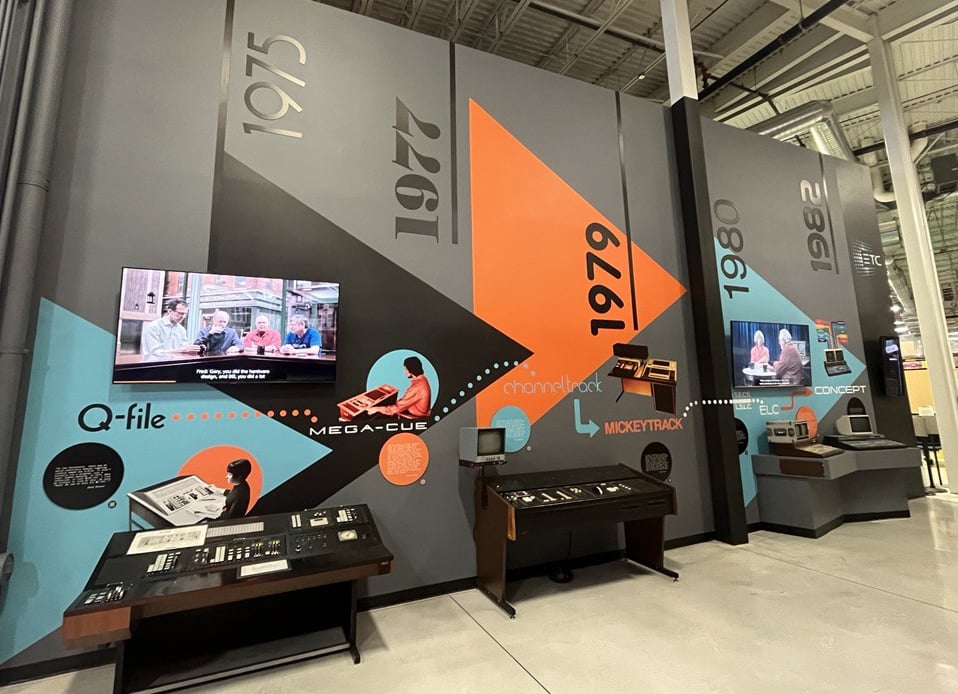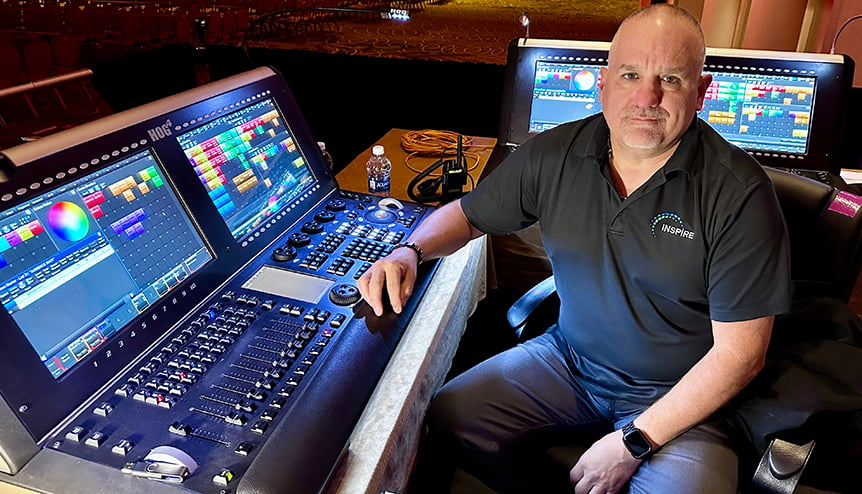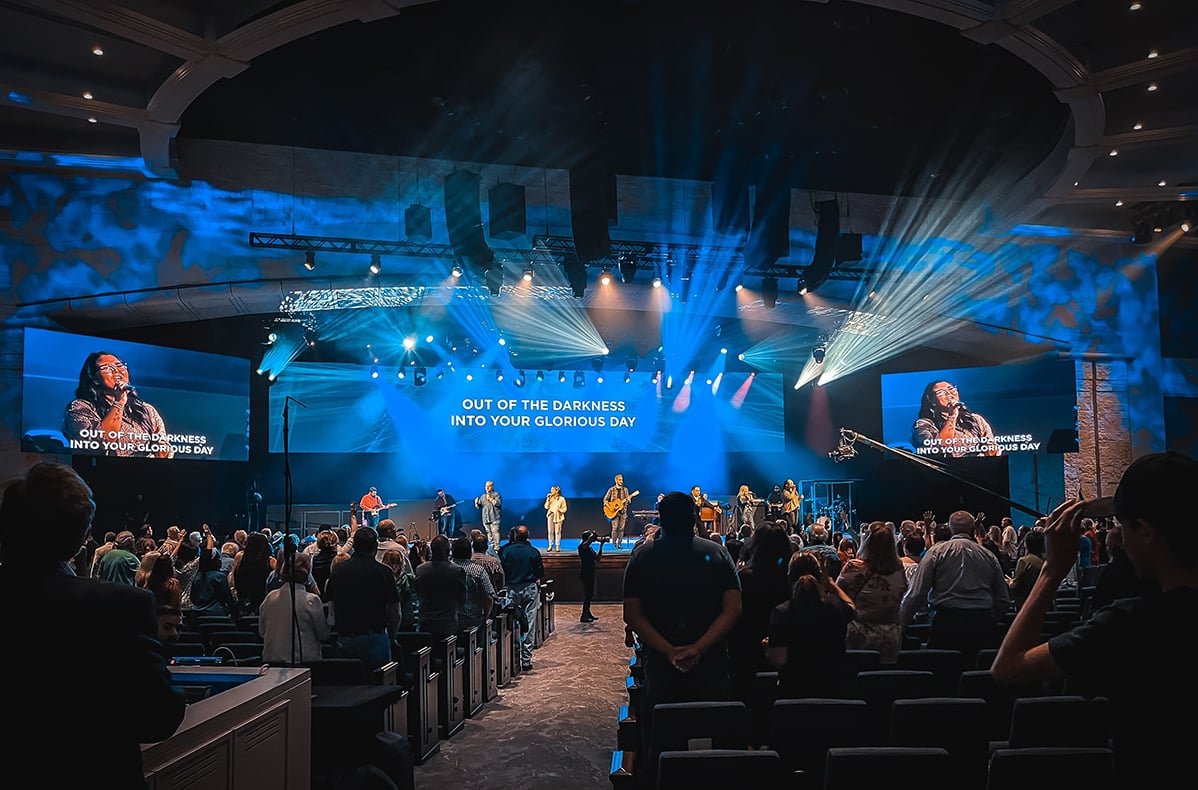Earlier this year, a new museum installation was created at the ETC headquarters building. This installation includes several of the very first consoles designed and manufactured by ETC. These are the consoles that launched ETC into the theatrical lighting market.
While it’s true that today, ETC is a global leader in event lighting technology, success did not appear overnight. It took years of learning, hard work, a bit of unwarranted confidence, and many hours of sailing for ETC to get to where it is today.
“There was such a sense of possibility. In a way, an unwarranted confidence that I’m not sure where we got. But we had (it).”
- Jimmy Bradley, ETC co-founder
In 1973, the Q-file was a revolutionary lighting control system that cost the University of Wisconsin-Madison a whopping $150,000. Brothers Fred and Bill Foster, the founders of ETC, were both students at the University at this time and were able to get their hands on this piece of technology. After one look at it, Bill said “Gack, this is disgusting, we can do it for $5,000.” There was no way these 18-year-old college students would have any idea if they could make a lighting console for $5,000, but the confidence was there. That confidence helped spark the birth of ETC.
That Christmas Eve, in 1975, Fred and Bill along with their college friends, Jimmy Bradley and Gary Bewick were at a Christmas party together. This is where they announced that they were going to build their own Q-file. To their disappointment, nobody believed they could actually do it, which only motivated them more.
ETC’s very first production facility was in Bill’s bedroom where the four used cheap spare parts to put together their first version of a Q-file, a console which they later named the Mega Cue.
Hear the story for yourself in part one of this interview with Fred, Bill, Jimmy, and Gary.
PART ONE: Four guys that didn't know they couldn't do it
The First Sale
The four friends and business partners spent the first five years anonymously building lighting control systems under contract. But just as Bill said they would, ETC soon sold the Mega Cue for the low price of $5,000 to Berky Colortran.
A few years later, a well-known theme park was looking for a way to control the lights and music on its parade route. They called Colortran to see if they could help. This quickly evolved into ETC designing and manufacturing a nighttime electrical parade controller, also known as Mickey Track. This contract was the first big breakthrough and recognition that ETC needed to be seen by the rest of the industry.

Mickey Track 1980
After demonstrating how they had created Mickey Track, ETC was offered a contract to design the elaborate parade control system for Epcot circa 1982. This was the first major computing system in the theme park’s history that had not been done by their scientific computing group. Because of this early relationship, ETC still works closely with this theme park today.
Now, watch part two of the interview where we learn from the founders how ETC took this early technology and built lighting control consoles for the rest of the industry.
PART TWO: ETC is in business... Now what?
Want to learn more about any of these consoles? Check out original manuals, historical documents, news clippings, and other historical documents at the links below.
• Q-File
• Mega-Cue
• Channeltrack
• Mickey Track
• Epcot
• ELC
• Concept





